Instant Pot Seafood Japchae is a gluten-free noodle dish your family will love. The quintessential Korean noodle dish that's wildly popular can be tedious to make but not if you use my method of using the electric pressure cooker!
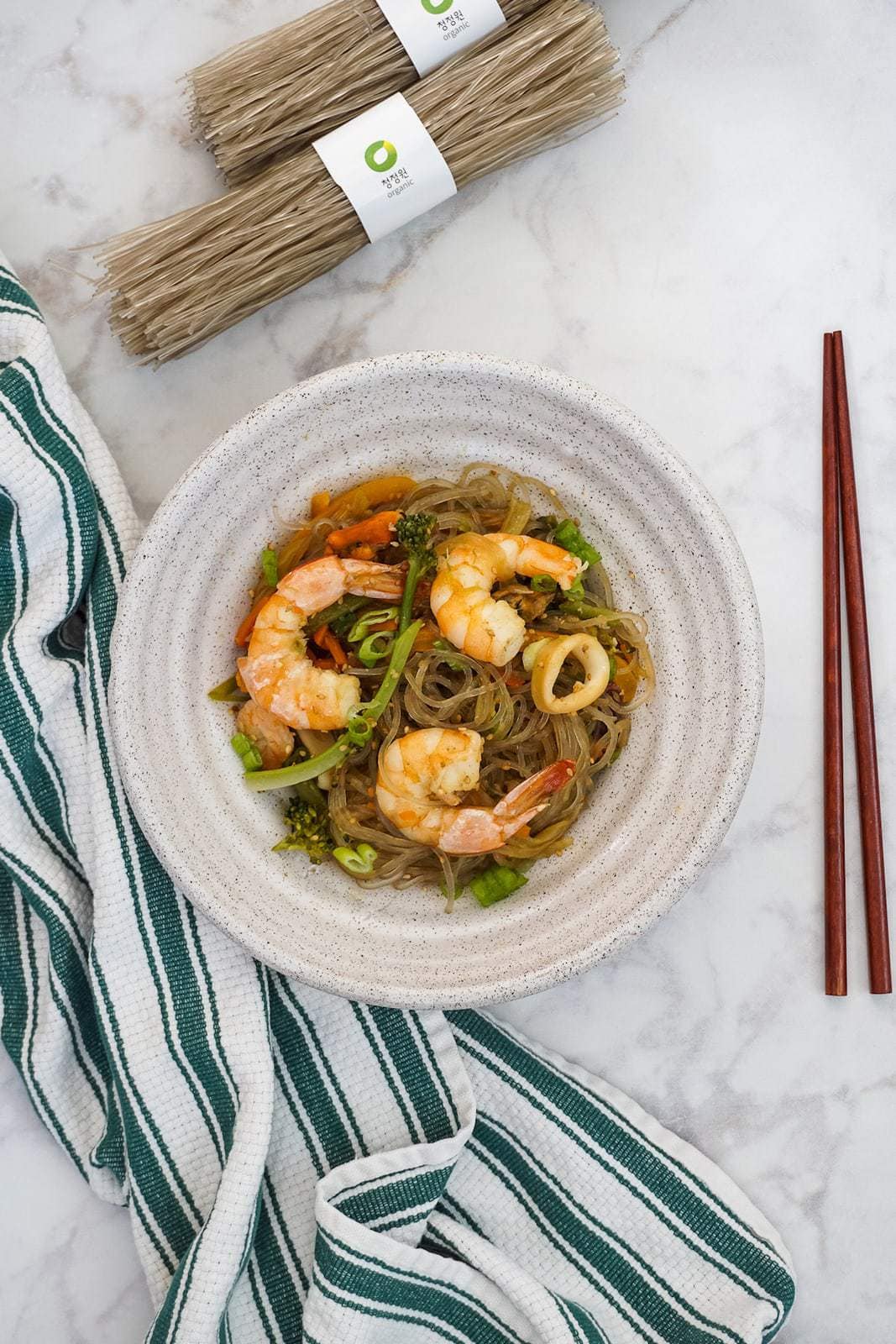
Japchae is a popular Korean appetizer or side dish made with sweet potato noodles, or "glass noodles," mixed with a variety of vegetables and thinly sliced marinated beef. Sweet potato noodles are naturally gluten-free, a little chewy in texture, and slippery, unlike wheat noodles and are fun to eat.
Intro
What is Japchae?
Japchae literally means a "variety of mixed vegetables," and this quintessential Korean appetizer of side dish dates back to the 17th century. And the addition of sweet potato noodles to this popular dish didn't occur until the 19th century. Japchae is one of the most common dishes to serve at holidays and special occasions. It is also one of the most frequently ordered dishes in Korean restaurants.
Why make Japchae in the Instant Pot?
The traditional Japchae is tedious to make since you have to sauté each vegetable separately on a skillet, boil the noodles in a pot and then combine the ingredients at the end with seasoning. It not only takes a long time to make but it requires many pots and pans.
And when I started using Instant Pot to make pasta, I thought of making Japchae too! So, I came up with this easy and quick method for those of you who love Japchae but shied away from making it because it takes too long.
In fact, Instant Pot method is so easy and quick that I included a Beef Japchae recipe using frozen ground beef in my latest cookbook, "No Thaw Paleo Cooking in your Instant Pot"
One caveat about using the pressure cooker to make Japchae is that there will be no moisture lost during cooking since you are not using the skillet to sauté. Therefore, you will see some liquid at the bottom of the inner pot and that's ok. Mix the noodles with the rest of the ingredients carefully and let the dish rest for 5 minutes for the flavors to get infused into the noodles even more.
Seafood Japchae
Japchae is usually made with vegetables and beef. Although it's a noodle dish, vegetables are almost as important as the noodles, making it a very popular dish among vegetarians. In fact, my Japchae recipe on the blog was originally called "Vegetarian Japchae" since I often make it without meat.
But adding seafood to Japchae is almost natural since the flavors complement each other very well when made in the pressure cooker. The brinniess from seafood and the variety of vegetables marry well together.
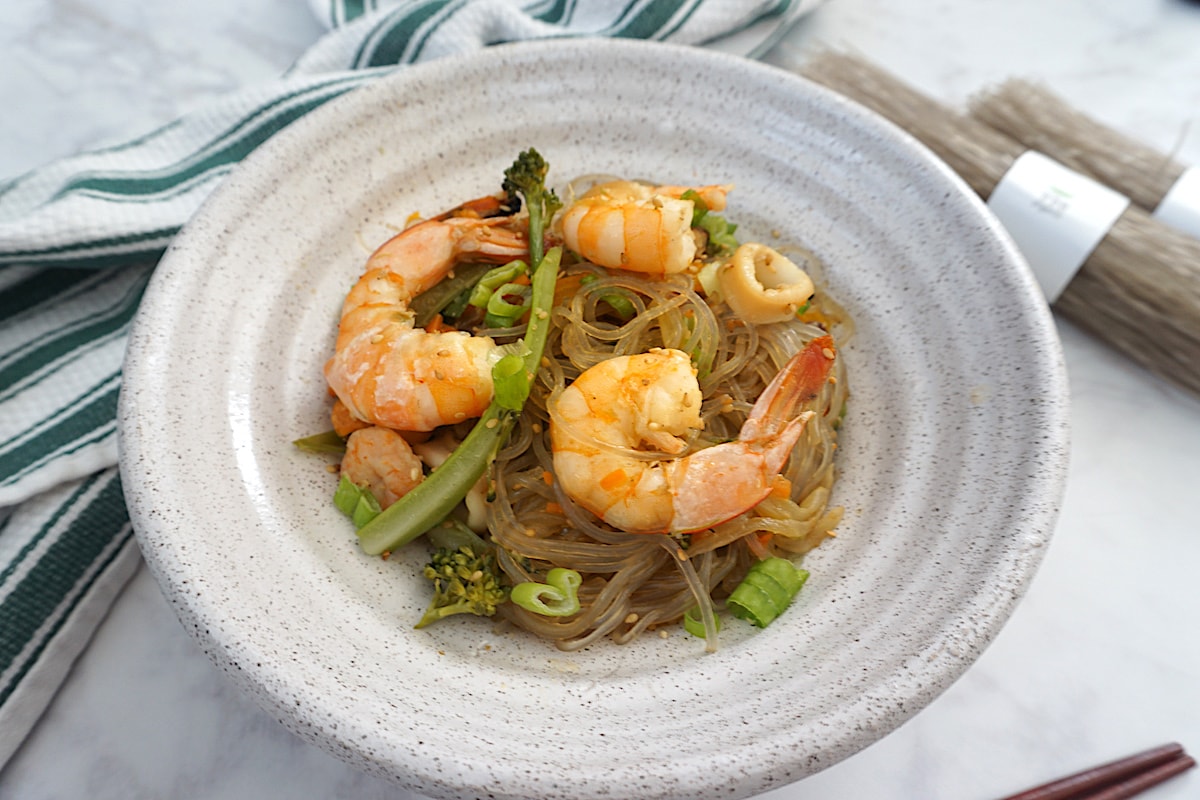
Ingredients
Sweet potato noodles:
Sweet potato noodles or "glass noodles" are called "Dang Myon" in Korean. They are called "glass noodles" because when they are uncooked, they are greyish in color but after cooking, they become transparent, like glass.
Sweet potato noodles are made with 100% sweet potato flour, making it naturally gluten-free. They are 'wiry' when they are dried but become softer and a bit chewy at the same time, making it fun to eat.
Broccolini:
Broccolini is not a traditional Korean vegetable and it's not normally used in Japchae. The traditional recipe uses spinach but for this Instant Pot method, I wanted to use a hardy vegetable to cook at the same time without losing its texture and color. If you prefer spinach, you can substitute it but add it at the end after japchae is done.
Mushrooms:
Traditional japchae uses dried shiitake and wood ear mushroom.
Dried shiitake mushrooms have more umami after they are rehydrated so I am using dried shiitake and the water that they were soaked in for this recipe.
Wood Ear mushrooms are trickier to find at local grocery store so I omitted it in this recipe but if you can find fresh wood ear mushrooms, you can add them too.
If you can't find dried shiitake or fresh wood ear mushrooms, you can use the more common White Button mushrooms. I don't recommend using Portobello mushrooms since they will turn the dish darker and their strong flavor will not complement the seafood.
Seafood Medley:
The only seafood medley I use is a frozen package from Whole Foods that contain wild caught seafood mixture. If you only want to use shrimp or squid, you can buy wild caught shrimp or squid individually, also found at Whole Food or Trader Joe's. But I think a mixture of seafood creates more flavor so try to use a medley of seafood.
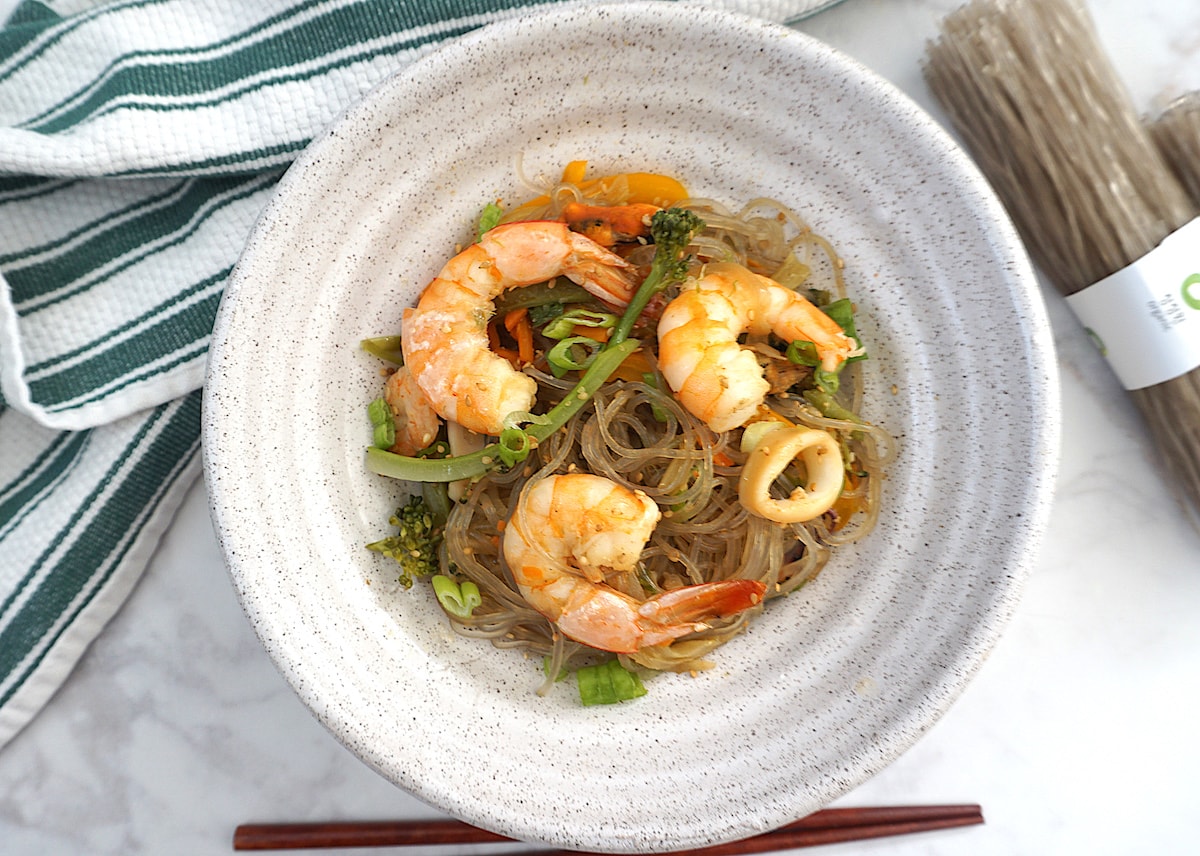
FAQ
You can find any brand of sweet potato noodles at your local Asian grocery store or on Amazon. There are many brands and they are all similar but one thing you have to make sure is that they are made with 100% sweet potatoes and not mixed with other flours.
My favorite brand is by Chung Jung One that offer pre-cut 8" bundles that are packaged in 2 servings per bundle. They are easy to handle and they fit in the inner pot perfectly.
But if you find large packages of sweet potato noodles, that's perfectly fine too. Just make sure to cut them after they're soaked so you don't end up with very long noodles. You can use your hands to break the brittle noodles before soaking or use kitchen scissors after they were soaked and are bit softer.
Japchae is made distinctively with sweet potato noodles. If you use other noodles, it won't be called "Japchae" and the taste or texture will be different. I'm sure it'll taste great but it just won't be Japchae.
Nothing! Seafood Japchae made in the pressure cooker IS more watery than the traditional Japchae that is normally sautéd on a skillet. No moisture is evaporated when cooked in the pressure cooker so it's perfectly normal to look like there's extra liquid at the bottom off the inner pot.
Mix the noodles and vegetables and let it rest for 5 minutes before serving and the noodles will soak up the flavorful sauce and they will become plump and softer.
Japchae is best served hot as one of the main dishes in a family-style manner along with rice and other side dishes as in most Korean meals. However, you can serve it at room temperature if serving right away. It's best not to leave it out at room temperature too long as seasoned vegetables will spoil. You can also serve in individual servings, like you would with Spaghetti, as a meal.
You can refrigerate leftover Japchae in an airtight container for up to 3 or 4 days. As mentioned above, seasoned vegetables spoil easily if kept at room temperature and even when refrigerated for too long. So I normally finish Japchae within 2-3 days for a fresh taste.
The popular way to reheat japchae is to sauté on a hot non-stick skillet with a little bit of cooking oil. You can also microwave a small portion, but I normally don't recommend using the microwave for large portions as it will not heat the noodles evenly.
But my latest favorite way to reheat japchae is using the Instant Pot. Place an ovenproof bowl on the trivet with 1 cup of water in the inner pot. Then, use either the "Steam" or "Pressure Cooker/Manual" function for 1 minute. I find this method to be easy and it reheats the dish evenly and produces softer noodles without making a mess on the stovetop.
Related recipes
⭐️ Have you tried this recipe? If you love this recipe, give it "5 star" ⭐️⭐️⭐️⭐️⭐️ rating on the recipe card! We appreciate your feedback!
Recipe
Instant Pot Seafood Japchae
Equipment
Ingredients
- 8 oz. sweet potato noodles
- 4 c warm water divided, for soaking the noodles and dried shiitake mushrooms
- 1 tablespoon avocado oil
- 6 oz onion sliced
- 1 teaspoon minced garlic
- 1 teaspoon minced ginger
- 4 oz. carrot julienned
- ½ c sliced dried shiitake mushrooms or 1 cup sliced fresh shiitake mushrooms
- 3 oz. thinly sliced red or yellow or orange bell pepper
- 4 oz. fresh broccolini cut lengthwise in about ⅛" thickness
- 3 oz Asian chives cut in 3" lengths (optional)
- 3 scallions 2 julienned and 1 finely chopped
- 1 lb. mixed seafood medley
- 2 tablespoon tamari or soy sauce
- 2 teaspoon sesame oil divided
- 1 tablespoon mirin or rice wine optional
- 1 teaspoon sesame seeds
Instructions
- Soak the sweet potato noodles in 3 cups of water in a large bowl for 2 minutes. Make sure all the noodles are completely immersed in water. If the noodles are too long, cut them in about 8" lengths so they will be easier to fit in the bowl and the inner pot.
- After 3 minutes, strain the noodles and discard the water. Loosely cover the noodles and set aside.
- Soak the dried shiitake mushrooms in 1 c of water and set aside. If using fresh shiitake mushrooms, you don't need to soak in water.
- Turn on the electric pressure cooker on "Sauté" on the highest temperature setting. Insert the inner pot and add 1 tablespoon of avocado oil.
- When the oil is hot, sauté the onion, garlic, and ginger for 1 minute. Add the carrots, mushrooms with the soaking water (or fresh mushrooms if using,) bell peppers, broccolini, chives, if using, and julienned scallions in layers, and do not stir.
- Place the seafood medley on top of the vegetables. If there are any liquids from the mix, add them to the inner pot as well. It's ok to use frozen seafood mix as long as you can fit them inside the inner pot. If the frozen pack is big block of ice, it's best to defrost a little so you can break off the pieces before putting the pieces in the inner pot. They don't have to be totally defrosted but separated enough to fit in the inner pot.
- Add the sweet potato noodles on top of the vegetables in a criss-cross pattern.
- Add the Tamari or soy sauce, 1 teaspoon sesame oil, and mirin, if using. Add the remaining water, if using fresh shiitake mushrooms.
- Close the lid, turn the steam release handle to "Sealing" and press "CANCEL", then "Pressure Cooker/Manual" button and set the timer to 2 minutes on HIGH pressure.
- When the timer ends, carefully turn the steam release handle to "Venting" and release the pressure quickly. When the float valve drops down, open the lid carefully.
- Add the remaining sesame oil, sea salt, and black pepper to taste.
- You will notice there's extra liquid/sauce at the bottom of the inner pot. That's perfectly normal. With a pair of tongs, mix the noodles and the rest of the ingredients well so all the ingredients are well incorporated without breaking or bruising the vegetables.
- Once it's mixed, loosely cover, and let it rest for 5 minutes .
- When ready to serve, gently mix, plate the noodles, garnish with chopped scallions and sesame seeds and serve immediately.
Video
Notes
Nutrition
➡️ Subscribe to our YouTube Channel for more recipes and tips. And follow @drkarensle on Pinterest, Facebook, Instagram and say "Hello!" 👋
💌 I would love to receive more posts like these in my inbox! SIGN ME UP for FREE newsletters!

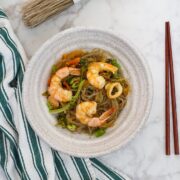
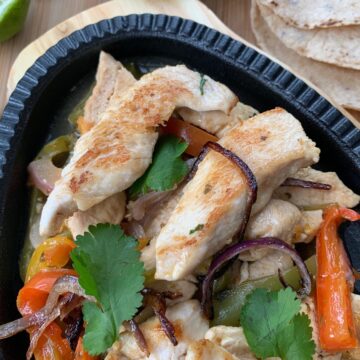
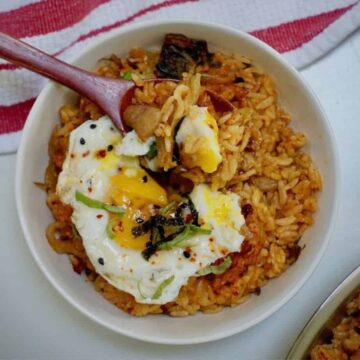
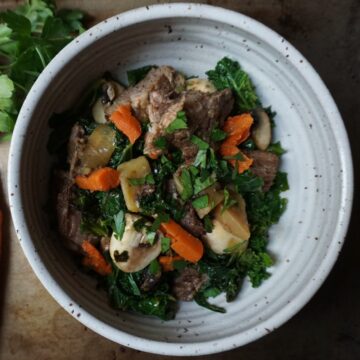
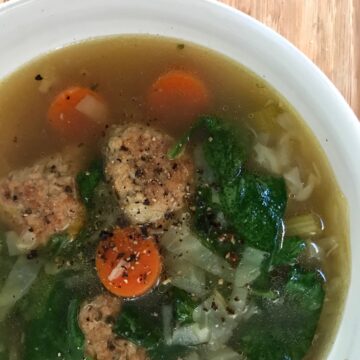
Archana says
Excellent recipe!! Tried it tonight and everyone in my family loved it! So flavorful, packed with veggies and so easy to make in the pressure cooker. Thank you!
Dr. Karen Lee says
Oh I'm so glad your family loved it! Thanks for your feedback!